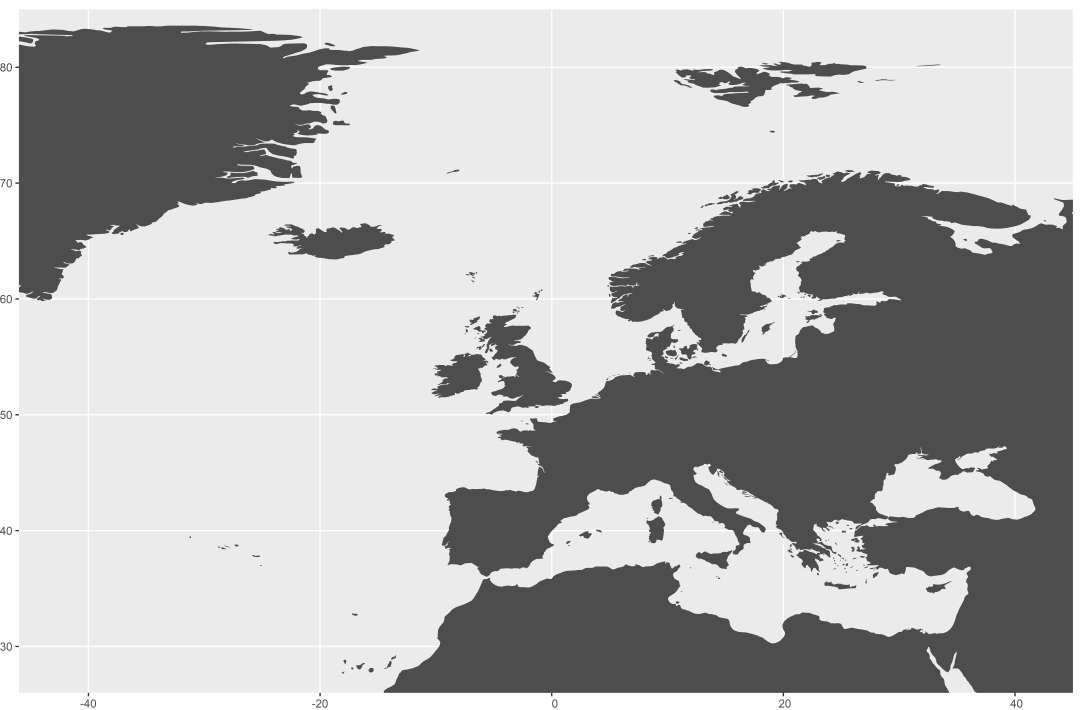Call for biodiversity time series from European marine ecosystems
In this new collaborative study, we aim to (a) compile comprehensive marine biodiversity time series in Europe to (b) disentangle the major patterns and drivers of long-term biodiversity trends using various taxonomic and functional diversity metrics, species traits, and environmental variables.
a) Compiling long-term bacterioplankton, phytoplankton, macrophyte, zooplankton, invertebrate, fish, bird, and mammal data from European marine ecosystems
We have already compiled more than 1,500 marine biodiversity time series for various locations around Europe using public repositories (e.g., EurOBIS/EMODnet Biology, BioTIME). While this is already an impressive dataset, we believe there are many more so far unexplored data sources that we would like to mobilize with this call to the European marine biodiversity community.
These data need to fulfil the following requirements:
- Minimum number of sampling years: 8 (not necessary consecutive years)
- Sampling location of the respective taxa group did not change over time (but may vary between taxa groups)
- No change in season (= any three consecutive months), sampling method and taxonomic resolution over the observation period
- Taxa lists with abundance data (abundance, relative abundance, coverage, density, etc.)
- Sampling locations needs to be within the limits of the map above
b) Potential analyses
First, we will investigate a suite of taxonomic and trait diversity metrics for each time series. Second, we will apply a meta-analytic approach to identify patterns across all the datasets, such as investigating how communities change over time and to which extent changes in taxonomic community composition are mirrored by changes in trait composition. Third, we will calculate trajectories of trends. Fourth, we will test the robustness of our results by applying sensitivity analyses to account for the most likely unbalanced design (e.g., uneven data distribution across Europe). Moreover, we will use a set of environmental variables to investigate potential drivers of change.
Examples for such an approach is provided here: https://www.nature.com/articles/s41586-023-06400-1; https://www.nature.com/articles/s41467-020-17171-y
If you do have long-term biodiversity data that fulfil the above-described criteria and you are interested in joining our initiative, please send your data to peter.haase@senckenberg.de no later than 30th June 2024 using this template: Long_term_data_template.xlsx. In case financial support would be needed to work on the data cleaning, standardization, reformatting and quality control, we would like to refer to the “DTO-BioFlow FSTP call” https://dto-bioflow.eu/marine-biodiversity-data-open-call.
We offer co-authorship to all data providers. We aim to publish the results in a high impact journal. Please, be aware that today most higher tier journals have an “open data policy”. This means that we need to publish your raw data if our manuscript(s) is accepted. This will be done using the EMODnet repository.
Looking forward to working together with all of you and please distribute this call widely using this link: https://www.senckenberg.de/de/call-for-biodiversity-time-series-from-european-marine-ecosystems/.
Best wishes,
Peter Haase, Carlos Cano-Barbacil (eLTER)
Joana Beja (EMODnet)
Mark John Costello (MBON Europe, EuroMarine)
Klaas Deneudt (DTO BioFlow)
Nicolas Pade (EMBRC, Marco-Bolo)
Leen Vandepitte (EurOBIS)